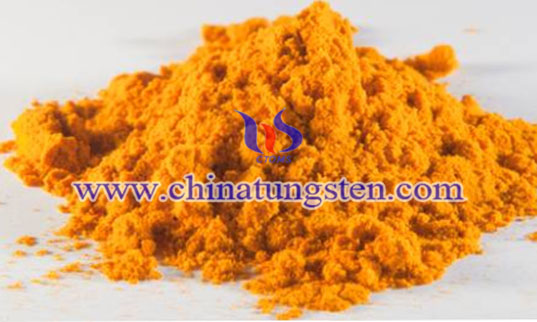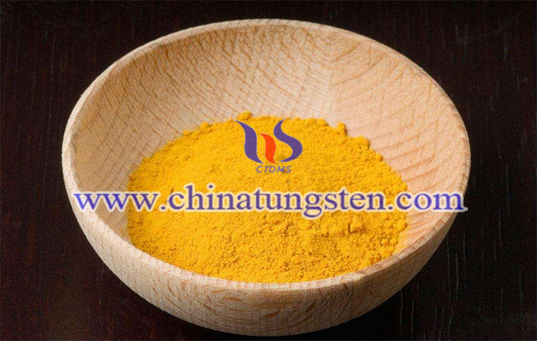Tungsten Oxide Thin Nanosheet Mechanism
- Details
- Category: Tungsten Information
- Published on Thursday, 08 March 2018 09:55
The forming mechanism of tungsten oxide thin nanosheet is since the critical fluids have the characteristics of small viscosity, strong solubility, high diffusion performance, and easy control. So, tungsten oxide thin nanosheets can be widely used in industrial production. Tungstic acid has a small solubility in a mixed solution of ethanol / water, and the surfactant has a strong hydrophobic interaction as a surfactant with tungstic acid.
The hydrophilic amide group of the surfactant can be well combined with water, so that the micelles formed by the tungstic acid surfactant can be suspended in the mixed solution, and the tungstic acid is in the middle of the hydrophobic core of the micelle. When the system through the carbon dioxide, the system reaches the supercritical state, due to the strong permeability of carbon dioxide can enter the tungstic acid interlayer. Thus, reducing its inter-layer force. At the same time, the stability of the micelles decreases, prompting the micelles to become reverse micelles. At this point water is trapped in the reverse micelle.

As the amount of infiltrated carbon dioxide increases, the interlaminar spacing of oxide ultrathin nanosheets will increase. Its interlayer force is getting weaker until it is peeled off. After carbon dioxide is released, the reverse micelles change back to the positive micelles and the entrapped water is released, so that the surfactant-bound tungsten oxide nanoplatelets are suspended in the mixed solution. Then the surfactant was removed to obtain a stripped tungsten oxide thin nanosheet.

- Tungsten Oxide Manufacturer & Supplier, Chinatungsten Online: www.tungsten-oxide.com
- Tungsten News & Prices of China Tungsten Industry Association: www.ctia.com.cn
- Molybdenum News & Price: news.molybdenum.com.cn
- Tel.: 86 592 5129696; Fax: 86 592 5129797; Email: sales@chinatungsten.com



 sales@chinatungsten.com
sales@chinatungsten.com